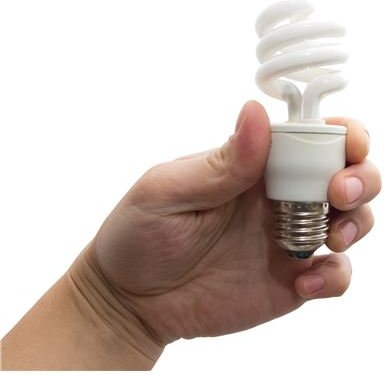Learn How to Calculate the Cost of Electrical Consumption as well as About Electrical Tariffs
We may or may not realize it but power generation, transmission and distribution is a commercial activity like any other manufacturing or service industry. Of course because of the very nature of the product, it comes under essential services which are regulated closely by the government in many countries. Still the main motive of companies dealing with power generation and distribution is to earn profit by selling that electricity. In this article we will learn about the definition of tariff and the different types of costs associated with power generation.
Electrical Tariffs
Like any other normal business practice, the output of business should be more than the input which goes to the company in the form of profit. So what are the inputs and outputs for electric power company?
-
The capital invested on the plant is a fixed cost to the company which is there irrespective of the fact whether any generation takes place or not.
-
Whenever any machinery or equipment is bought or the plant is constructed, its value starts to decrease instantly due to various factors like age and normal wear and tear. Technically this is known as depreciation and this allowance has to be made to the plant which also is a fixed cost since it is incurred irrespective of whether there is any production or not.
-
There are several other costs which remain more or less the same despite the operating condition and capacity of the plant and could include costs such as insurance, taxes to be paid, salaries, etc.
-
Apart from these fixed costs, there are variable running/operational costs as well which vary with the power generation. These include heads such as fuel supply to the plant, maintenance and breakdown repair costs etc.
Having taken a look at the inputs, now what is the output of the plant? Obviously the output of the plant is the production of electricity. That electricity is sold at a certain cost to the consumers. The company needs to set the rate of electricity in a manner which allows them to turn a profit, while still being competitive to other companies.
Of course I must tell you at this stage that in several countries, especially developing countries, the electricity production is tightly regulated by the government and the prices of electricity are not varied like other free-market commodities. This is necessary to ensure that the less privileged people of the society do not get deprived of this important source of energy which is become so vital for our existence these days.
Definition of Tariff
The price at which electricity is sold is known as tariff for electricity and several factors come into play while determining the tariff. Normally the tariff of electricity is mentioned in rate per kilowatt hour of power consumed or rate per kWh.
1 kWh refers to the amount of electricity consumed when an appliance of one kilowatt power rating runs for one full hour or sixty minutes. 1 kWh is also known as one unit of electricity. Of course all appliances have different power ratings so the power consumption is calculated accordingly. For example a half kilowatt appliance would need to run for two hours to consume one unit of electricity. So next time your electric bill says that you have consumed so many units of electricity, you’ll know exactly what that menas.
An Example
Let me give you a small example. Suppose your son is running the television for 4 hours a day, and you are worried about the bill (apart from his health), how would you go about calculating the number of units it will consume in a month?
Well the solution is pretty simple. Turn back the television and check its power rating (this should be visible on a sticker or metallic plate stuck somewhere on its back). Say for example it says power rating of 75 watts.
Electricity consumed in one day = 75 * 4 = 300 watt hours
Electricity consumed in one month = 300 * 30 = 9000 watt hours
Divide by 1000 to convert watts to kilowatts = 9 kWh or 9 units
Say cost of electricity per unit is 10 cents then cost of electricity is 90 cents.
Of course this is just an imaginary calculation and does not illustrate actual power or rates but should give you an idea how to calculate your power cost.
